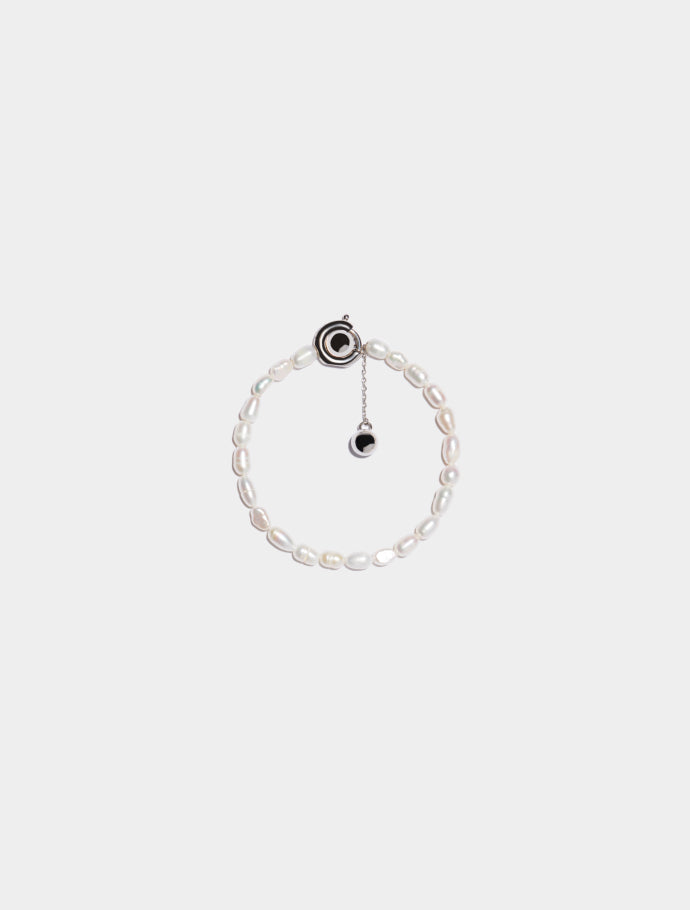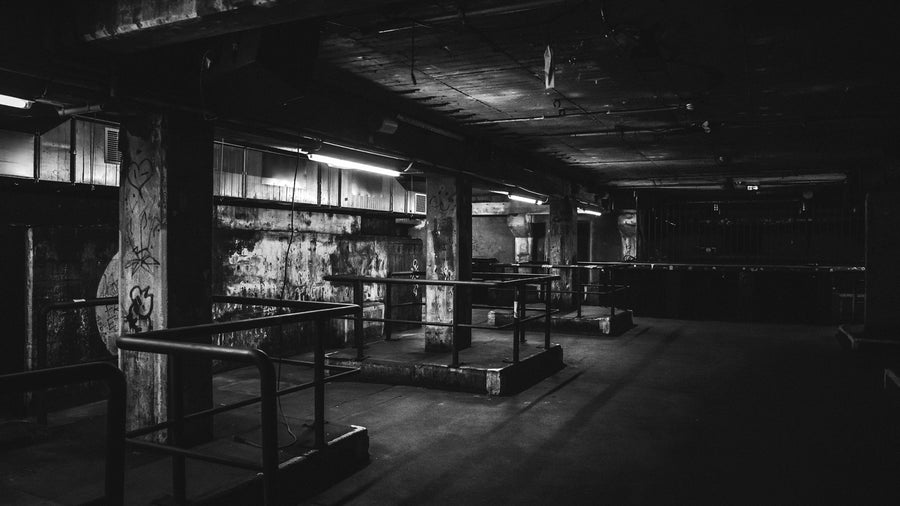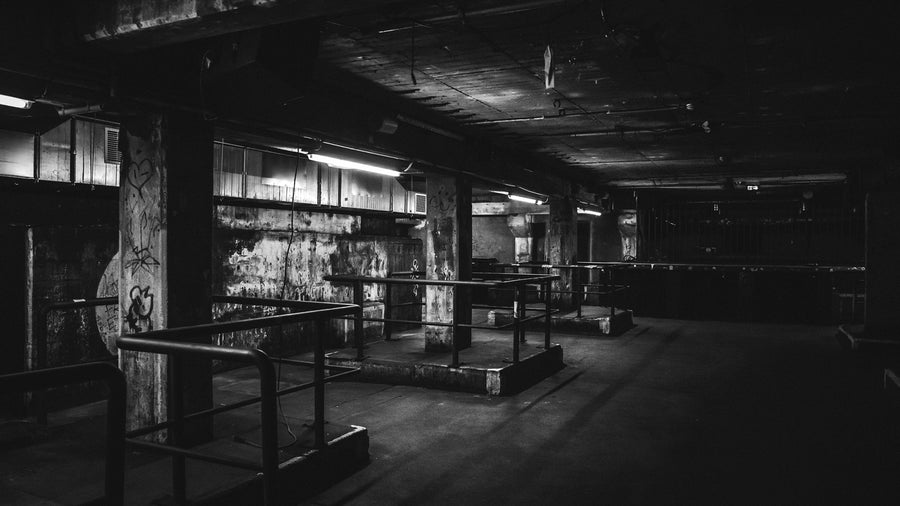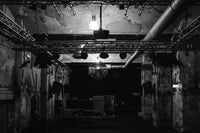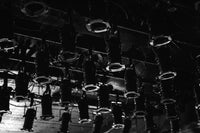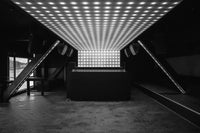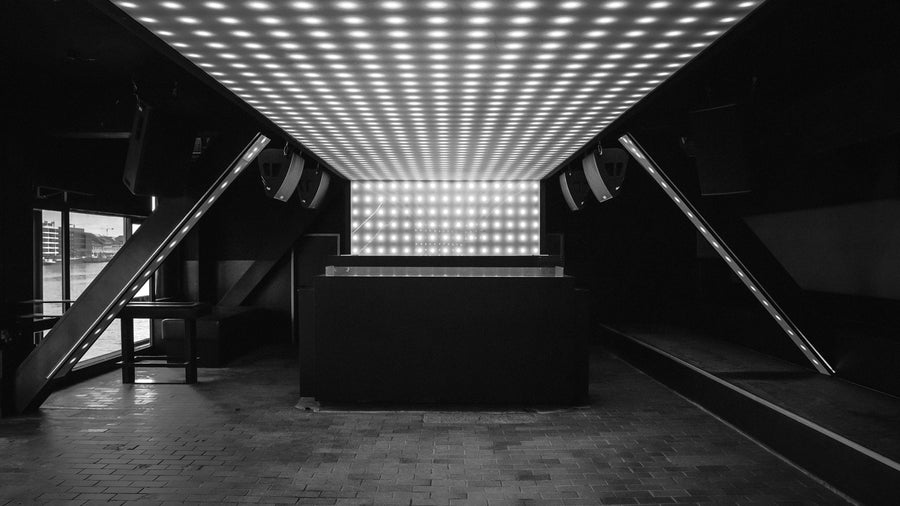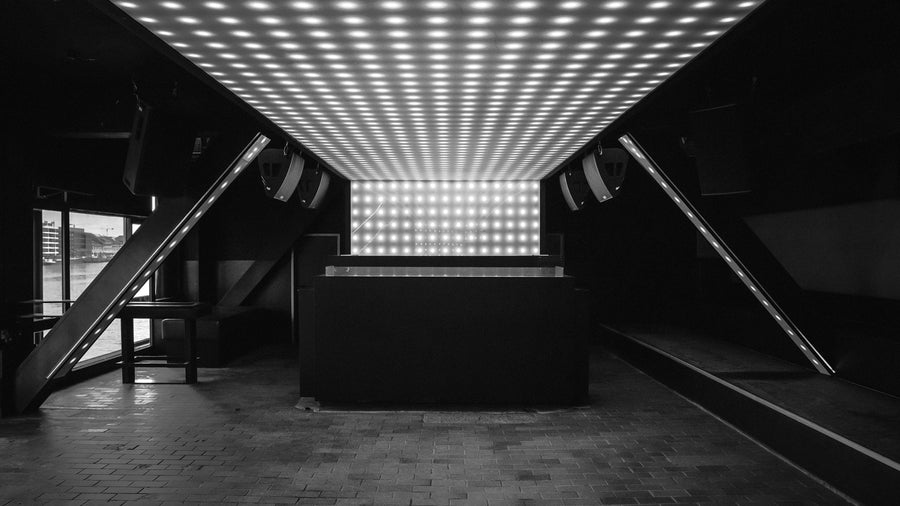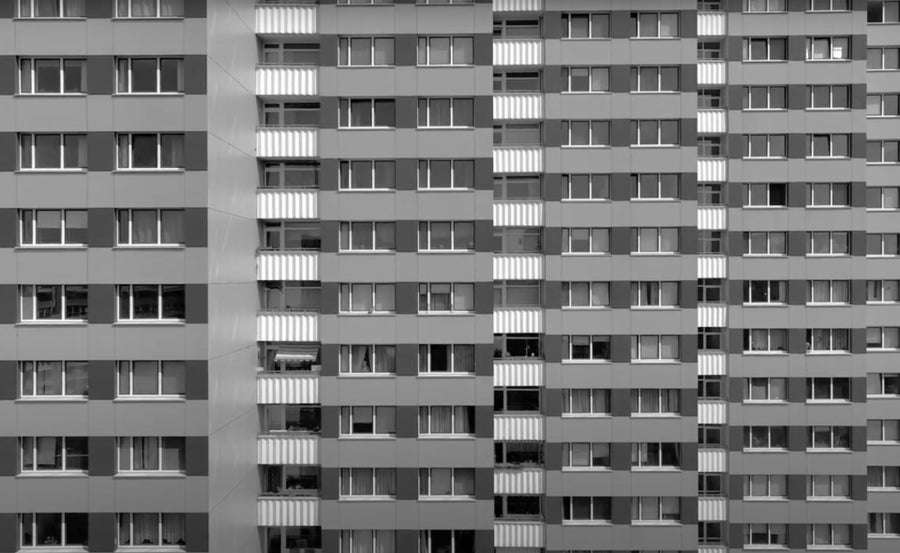In this feature, Whitney Wei meditates on the "no photos" policy of Berlin venues, and how this was informed by the surveillance state in East Germany.
Daily selfies to command the elusive Instagram algorithm; face-to-lens presenter-led content across TikTok; a phone akimbo to document every precious moment—these are the elements that allow people a sense of autonomy when they freeze a version of their ideal reality, one consciously edited and circulated. Yet, there are ways individuals are unwillingly exposed to the lens. In London, where there is on average one CCTV camera for every 14 people, individuals are captured around 70 times per day. As of 2021, there are an estimated 770 million cameras around the world, 54 percent of which are in China. Anonymity is a liability–what cannot be surveilled is ultimately harder to control. With exceptionally few places left in the world where a claim to privacy can be strictly enforced, there are, however, the clubs in Berlin.
Daily selfies to command the elusive Instagram algorithm; face-to-lens presenter-led content across TikTok; a phone akimbo to document every precious moment—these are the elements that allow people a sense of autonomy when they freeze a version of their ideal reality, one consciously edited and circulated. Yet, there are ways individuals are unwillingly exposed to the lens. In London, where there is on average one CCTV camera for every 14 people, individuals are captured around 70 times per day. As of 2021, there are an estimated 770 million cameras around the world, 54 percent of which are in China. Anonymity is a liability–what cannot be surveilled is ultimately harder to control. With exceptionally few places left in the world where a claim to privacy can be strictly enforced, there are, however, the clubs in Berlin.
“With exceptionally few places left in the world where a claim to privacy can be strictly enforced, there are, however, the clubs in Berlin.”
Many of the venues in the German capital have resisted what commercial clubs in other cities have rhapsodically embraced: the online visual promotion of pantomiming a good time, videos of bacchanalian merrymaking, and dance music culture as a spectacle. No one is entirely sure where this policy started. Even Heiko Hoffman, the co-curator of the "No Photos on the Dance Floor! Berlin 1989" exhibition at C/O Gallery, had difficulty pinpointing its exact origins. "There has always been a no photo policy when it comes to press at early clubs such as Planet or Walfisch or E-Werk," he told me via email. "It never had to be enforced for guests before the age of smartphones because the conditions—smoke, darkness, dancing people—were so bad for taking photos with an analog or early digital camera that no one would have thought of doing this."
Hoffman remembers the very first clubs to have explicit signage and stickers to block lenses were likely Berghain, or its predecessor Ostgut, and Bar25. He also suggested that it may have originated with sex-positive gay parties such as Snax at Berghain's basement venue Lab.oratory. Over the years, its implementation has become a signifier of preserving underground club culture from prying eyes and has gone on to be replicated at fledgling venues like Trauma Bar und Kino—and even exported around the world as something of a techno-specific invention to New York's Basement and Taipei's Pawnshop.
One look at the sea of blue-lit displays at 6,000-capacity venues like Printworks in London or talking to veterans of the scene about the bygone 90's era and hearing such platitudes as "Back then, we were just enjoying the moment," and we understand why. Ostensibly, we can deduce that phones and the effort that goes into capturing all the fun you're having in an aesthetically pleasing and ultimately self-conscious way is counterintuitive to what fun really is: losing yourself in an infinite carpet of space and time, thereby relinquishing the self-awareness that is inherent to documentation, and focusing on the activity at hand—dancing.
But the real crux of the "no photos" policy is to prevent images from compromising the identities of the people within the venues. The photo ban is a statement on freedom. Anti-establishment in nature, these spaces in Berlin act as a final frontier in resisting the exploitation that comes from constantly being seen. There is no better case study for the 'evil eye' camera than the rich and famous of the mid-90s onwards. Before the age of social media and when people could control their own narratives divorced from any manipulative media spin, the paparazzi hunted celebrities for their image. In this way, the camera acted as an instrument of abuse, rather than how we mostly know it now as a tool of personal aggrandizement.
Behind the Communist Iron Curtain, the German Democratic Republic was one of the most surveilled regimes in history. The Ministry of State Security, known as the Stasi, had its headquarters in East Berlin and commanded a network of informants that totalled, some historians estimate, one per every 6.5 citizens. In the authority's early days in the 1950s, photography was a relatively underdeveloped field but by the 1980s, the technology had become a weapon. Not unlike the paparazzi of the early 2000s stalking their celebrity prey, the Stasi conducted their espionage by hiding cameras everywhere—through small holes drilled in apartment walls and tucked away in makeshift arm casts.
#1: SchwuZ
HUSH Photo Series by Marie Staggat and Timo Stein
#2: Weekend
HUSH Photo Series by Marie Staggat and Timo Stein
#3: Watergate
HUSH Photo Series by Marie Staggat and Timo Stein
#4: Tresor
HUSH Photo Series by Marie Staggat and Timo Stein
#5: Arena Club
HUSH Photo Series by Marie Staggat and Timo Stein
“After a culture-parched thirty years in East Berlin, the sounds of techno must have been a deliverance in the same way a perfect song can feel when it gives expression to a wounded interior. ”
Stasi historian Philipp Springer told The Guardian, "East Germany’s secret police had a tendency to see the fingerprints of 'the enemy' behind every minor event or mishap, so they began to take pictures of even seemingly harmless everyday objects." East Germans, some of whom were punished by the state after being betrayed by their spouses and best friends, were under the impression that the Stasi was all-knowing and all-seeing. Every person had their own official record. Nothing about their lives could be exempt from a government defined by rabid data collection, leading to a culture of repressive self-censorship.
The Atlantic article "The Lingering Trauma of Stasi Surveillance" reveals more about the long-term psychosocial impact of this era to better understand contemporary Germany.
“Every person had their own official record. Nothing about their lives could be exempt from a government defined by rabid data collection, leading to a culture of repressive self-censorship. ”
After a culture-parched thirty years in East Berlin, the sounds of techno must have been a deliverance in the same way a perfect song can feel when it gives expression to a wounded interior. The city didn’t invent techno, but they needed it enough to found the world’s most exalted institutions to worship the sound. And in these temples, any photographic evidence would be scant, only entrusted to singular documentarians like Wolfgang Tillmans for Berghain whose sensitive lens sought to authenticate rather than subjugate the subcultures it captured.
Today, the "no photos on the dancefloor" policy has become somewhat of a Berlin party trick, deployed at speakeasy bars in Neukölln or corporate branded parties. Something to it subtly denotes an exclusivity, somewhat like an inside joke for which "you had to be there." But it was initially a utility of resistance against the chokehold of the GDR, just as dancing to punishing music on the rubble of East Berlin was a mechanism to release decades of severe oppression. It was crucial that the behaviors unleashed during this prolonged exorcism would finally go undocumented after years of draconian supervision. Perhaps what Germans realized through this "no photos" concept was that true freedom is not about living in the moment, as many believe—rather it's the right for your vulnerable human self to remain completely anonymous.
This feature closes Aeyde’s Fall/Winter ‘23 season, whilst exploring the topic of anonymity–its overarching theme.



